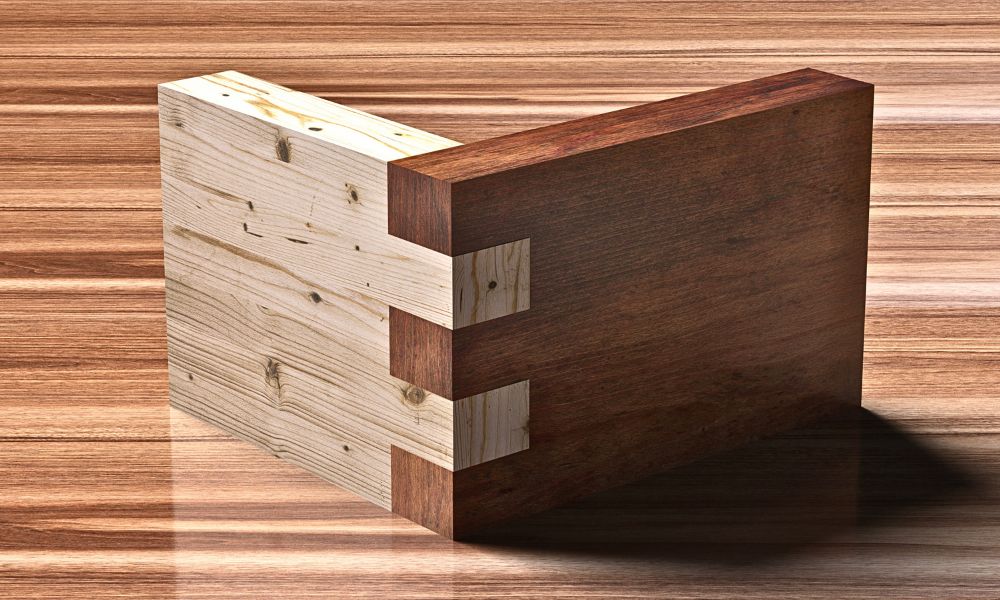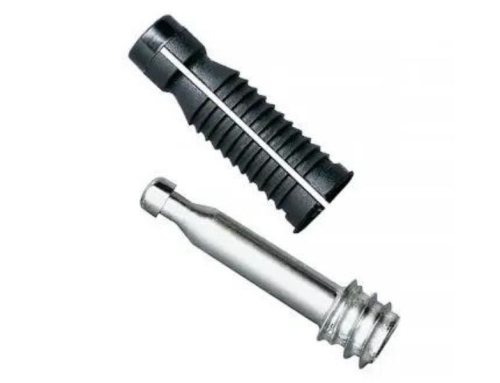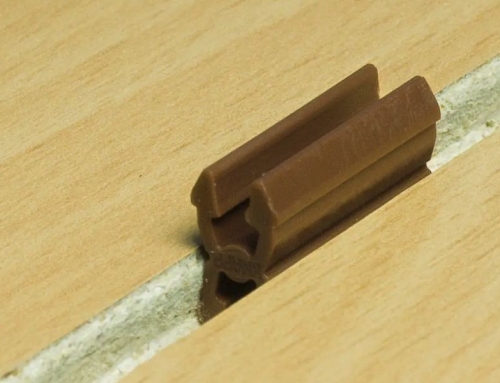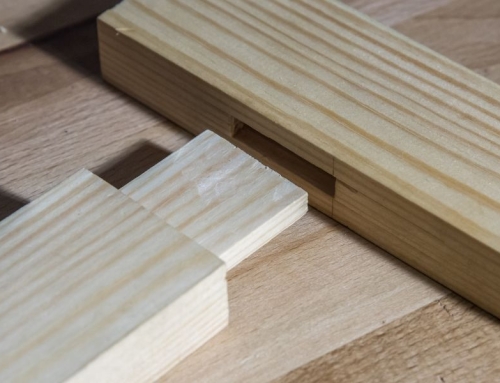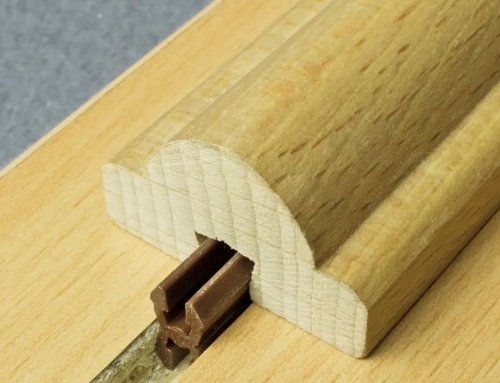If you’re a carpenter or woodworker, you’ve probably used finger-joint construction. This method of connecting two pieces of wood helps enhance the structure’s integrity. By aligning these fingers carefully, artisans ensure a lasting bond that reinforces the wood and adds a stylish touch.
Crafting finger joints requires attention to detail to create a seamless connection, which contributes to strength and visual appeal. This method showcases the woodworker’s skill and dedication to creating sturdy and beautiful pieces that stand the test of time. If you want to take your wooden project to the next level, start by learning everything you need to know about finger joint construction.
Why Should You Use Finger Joints?
Finger joints, often referred to as box joints or comb joints, interlace like fingers of two hands clasped together. Contrary to the simple appearance, this technique is a powerhouse in woodworking, bestowing both functional and ornamental benefits to any task you take on.
No matter what you’re crafting, an understanding of finger joint construction can elevate your woodwork to a level that is structurally sound and artistically pleasing.
Understanding Finger Joints
Creating a finger joint is not as simple as cutting the pieces and gluing them together. Precision in design, layout, and execution is necessary to ensure a snug fit that contributes to the project’s structural strength. It takes patience, skill, and a high level of craftsmanship to create a perfect finger joint. The worthwhile result: an elegant, seamless connection that enhances both form and function. However, to get the best out of these wooden connectors, it’s best to understand the benefits of finger joints.
The Unseen Strength
The primary and perhaps most crucial advantage of a finger joint is its incredible strength. The interlocking fingers of the joint distribute the stress of weight and force more evenly than butt or miter joints, which are more prone to failure under pressure.
A Visual Masterpiece
While the strength of the joint is undeniable, the aesthetic impact is equally compelling. A well-executed finger joint creates a symmetrical pattern when viewed edge-on, adding a subtle yet significant touch of class to your woodworking projects.
Operation Ease
Finger joints are relatively easier to cut and produce than more complex joint types like dovetails. With the right setup, they can be created on a table saw with a simple jig, offering a convenient balance of strength and ease.
Types of Finger Joints
Woodworking provides a diverse range of finger joints tailored to meet your project’s requirements and match your personal style preferences. Understanding the nuances of each joint type can elevate the quality and craftsmanship of your woodworking projects. Let’s explore the intricacies of some of the most common finger joints you might encounter during your woodworking pursuits.
Box Joints
Box joints are famous for their simplicity. These joints feature equally spaced fingers that interlock to create a grid-like pattern, providing exceptional strength. Woodworkers commonly use them to craft durable boxes and drawers due to their straightforward yet effective design. The grid pattern created by box joints not only adds to the visual appeal but also ensures a reliable and long-lasting connection.
Dovetail Joints
The dovetail joint exemplifies precision and unwavering dedication. The intricate interlocking pins and tails provide visual appeal and strength. This joint ensures unmatched resistance against any forces that may attempt to cause separation. Dovetail joints can prove effective for furniture or timber framing.
Comb Joints
Comb joints, or finger laps in woodworking, showcase an appealing and sturdy locked finger pattern. This design enhances aesthetics and joint security, making it perfect for various woodworking projects such as drawers and cabinets. By incorporating this intricate joint, you can elevate the structure and visual allure of their projects.
Carving Out Success: Tips for Perfecting Finger Joints
Creating finger joints involves a mental challenge alongside honing your skills. Remember, practice makes progress, and patience is key to mastering this intricate craft. Consistent dedication and a willingness to learn from each attempt will lead to remarkable results. By following these recommendations, you can elevate your finger joint construction from merely functional to a thing of precision, beauty, and strength.
Precision Is Key
Precision is the very core of creating finger joints. Any slight miscalculation can result in a joint that doesn’t fit or, worse, is structurally unsound. Take your time with measurements and cuts.
Wood Selection Matters
Utilize high-quality wood that is stable, smooth, and devoid of any cracks. Finger joints, which connect two pieces of wood at their most vulnerable point—the end grain—require a solid foundation to ensure durability and longevity in the final construction. Starting with impeccable materials enhances the structural integrity and elevates the overall aesthetic appeal of the finished piece.
The Right Tool for the Job
Investing in or creating jigs and fixtures is a crucial step that can greatly enhance the efficiency and precision of crafting finger joints. These tools serve as indispensable aids, akin to an architect’s meticulous blueprint in the realm of woodworking, guiding and shaping the outcome with finesse and accuracy.
Glue and Clamp Like a Pro
Don’t skimp on glue as you ensure a thorough application. When clamping, avoid over-tightening, which can starve the joint of glue. Find the right balance for a secure bond without risking a “glue-starved” joint.
Creative Uses for Finger Joints in Woodworking Projects
Finger joints aren’t just for show, nor are they confined to the toolbox of the traditionalist. With a sprinkle of creativity, they can transform mundane projects into masterpieces. Here are just a few ways you might consider leveraging the finger joint in your next woodworking venture:
- Custom Shelving Units
- Picture Frames
- Jewelry Boxes
- Garden Planters
- Desk Organizers
- Bookends
Finger Joints: The Thread That Binds
The elegant simplicity of finger joint construction is truly remarkable. This technique not only binds wood together but also connects artisans with their craft, showcasing strength, precision, and attention to detail. Mastering the art of the finger joint is a commitment to the timeless discipline of woodworking.
By knowing everything you need to know about finger joints, you’ll be on your way to adding this invaluable skill to your woodworking repertoire. Whether crafting furniture, cabinetry, or smaller pieces, aim for flawless finger joints and biscuit connectors that embody true craftsmanship. Discover more about finger joints and our other options, like biscuit connectors, with Knapp Connectors today.

